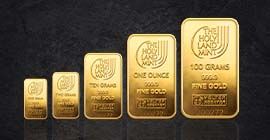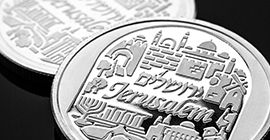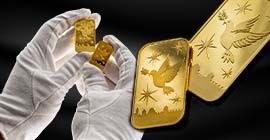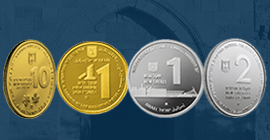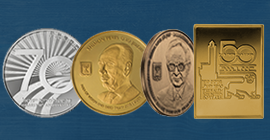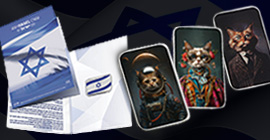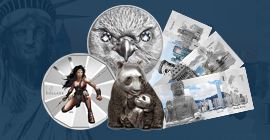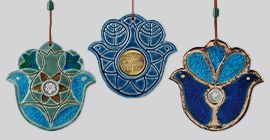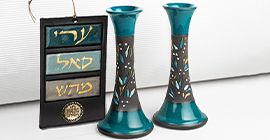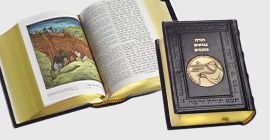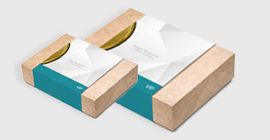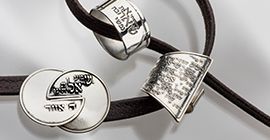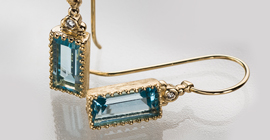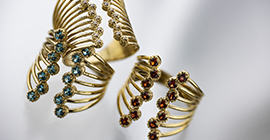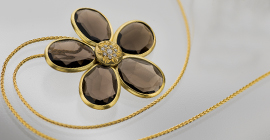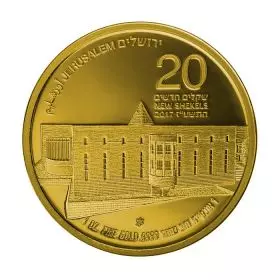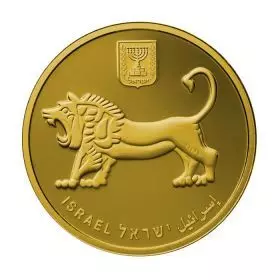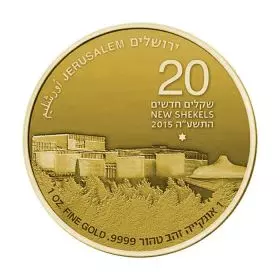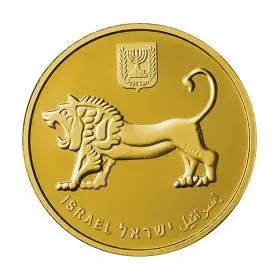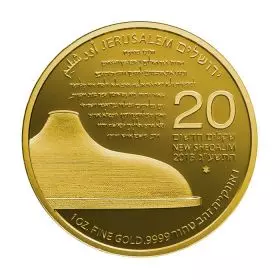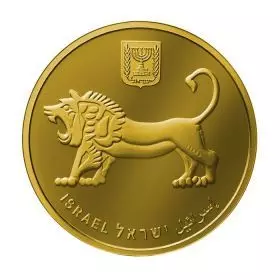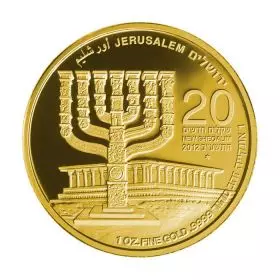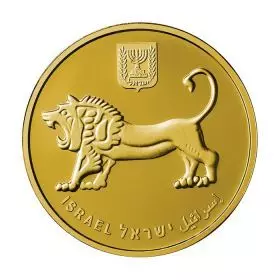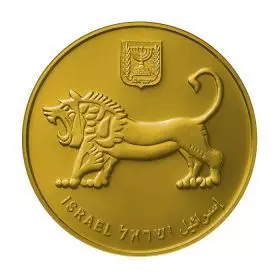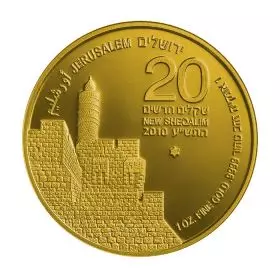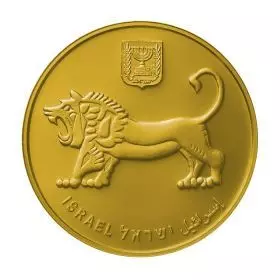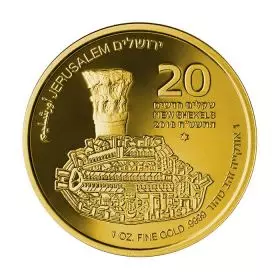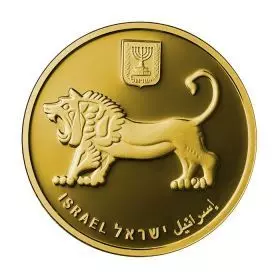Hurva Synagogue
Gold 9999, Standard BU, 32 mm, 1 oz
5th in "Jerusalem of Gold" Series
SKU
31980320
In stock
$6,409.00
Specifications
| Issuing Year | 2014 |
|---|---|
| Material | Gold |
| Fineness | 9999 |
| Quality | BU |
| Weight | 1 oz. |
| Diameter | 32 mm |
| Face Value | 20 NIS |
| Max Mintage | 1,087 |
| Mint Mark | Star of David |
| Design | Yaacov Enyedi, Meir Eshel |
HURVA SYNAGOGUE, 2014
5th in the "Jerusalem of Gold" Israeli Bullion Coin Series
Legal Tender issued by the Bank of Israel
One of the most magnificent edifices on the Jerusalem landscape, the Hurva Synagogue in the Jewish Quarter of the Old City of Jerusalem is visited by tourists from all over the world. Its dome overlooks a splendid panoramic view of Jerusalem while its dramatic story is linked to the turbulent history of the people of Israel in the Land of Israel, over the past 300 years.
Early in the 18th century, a group of European immigrants led by Rabbi Yehuda Hasid purchased the land with the intention of building a Synagogue in Jerusalem. After the Rabbi’s death, the building remained unfinished and on October 27, 1721, it was burned down by rioting Arabs. From that time, it became known as the Hurva (Hebrew for "Ruin") of Rabbi Yehuda HaHasid.
Almost 100 years after it was destroyed, followers of the Gaon of Vilna managed to obtain a license from the Turkish authorities in Kushta, annulling previous debts and permitting the rebuilding of the synagogue, which was inaugurated in 1864. The Synagogue became the center of Jewish spiritual life in the Land of Israel and the center of life in the Jewish Quarter of the Old City of Jerusalem.
Tragically, the beautiful building was to be destroyed once again in 1948 by the Jordanian Legion and all that remained was the foundation and some columns.
After the Six Day War in 1967, the ruins of the Hurva became an archeological site and the famous arch of the Synagogue that had been rebuilt, became a prominent symbol of renewed Jewish settlement in the Jewish Quarter of the Old City.
In 2002, the Government of Israel announced a decision to rebuild the Hurva and the rebuilt Synagogue was completed in 2010.
The impressive "Hurva Synagogue" is pictured on the coin.
Obverse: View of the Hurva Synagogue. In the upper border is the word "Jerusalem" in English, Hebrew and Arabic and to the right, the Face Value, Mint Year and Star of David Mint Mark.
Common Reverse of the Series: The Lion of Megiddo, with its stylized curved tail, is taken from an ancient seal excavated in Megiddo (Armageddon) in the Jordan Valley, dating from the 8th century BCE. The seal belonged to Shema, the servant of Jeroboam II, Israelite King. The lion is also the symbol of the Tribe of Judah and of the eternal capital of Israel, Jerusalem. The same Lion of Megiddo appeared in the past on the Israeli 5 Lira Banknote (1958), 5 Lira Coin (1978), and on the Half Sheqel Coin (1980). Above the figure of the lion appears the State of Israel Emblem and below it the word “Israel” in English, Hebrew and Arabic.
Edge: Smooth
Mint Marks: Star of David
Face Design: Yaacov Enyedi
Common Reverse Design: Meir Eshel
Engraving: Tidhar Dagan
Finish: Brilliant Uncirculated
Mint: Royal Dutch Mint
Issue Name: Hurva Synagogue
Series Name: Jerusalem of Gold
| Catalog SKU | Condition | Diameter | Face Value | Issue Price | Material | Mint Mark | Quantity | Weight |
|---|---|---|---|---|---|---|---|---|
| 31980320 | 32 mm | 20 NIS | Unavailable Info | Gold 9999, BU | Star of David | 1,087 | 1 oz. |

